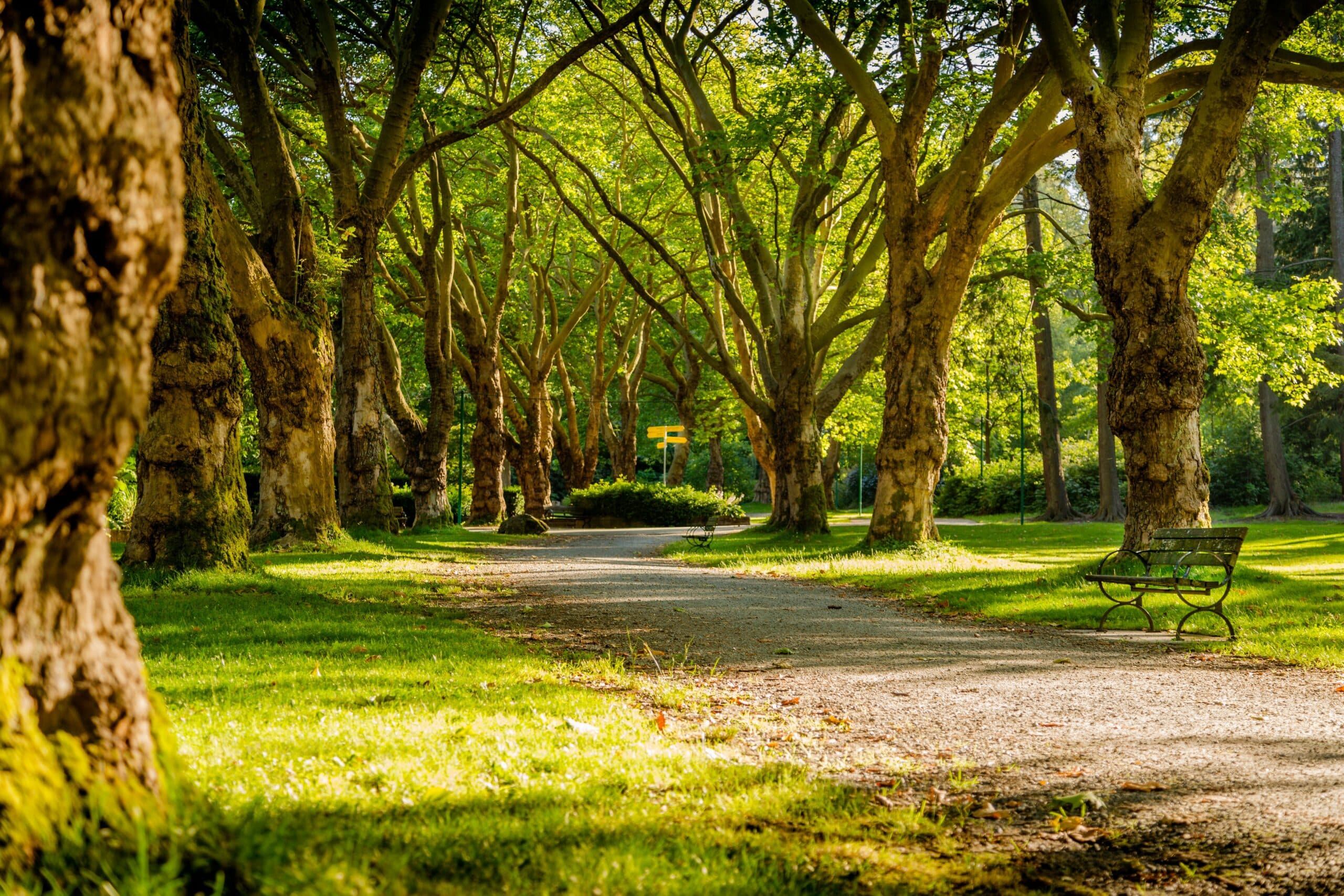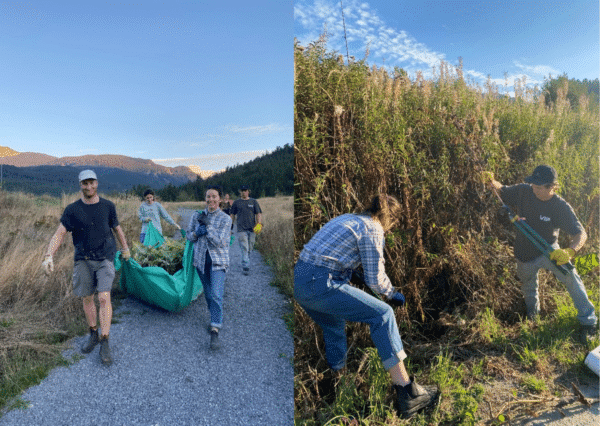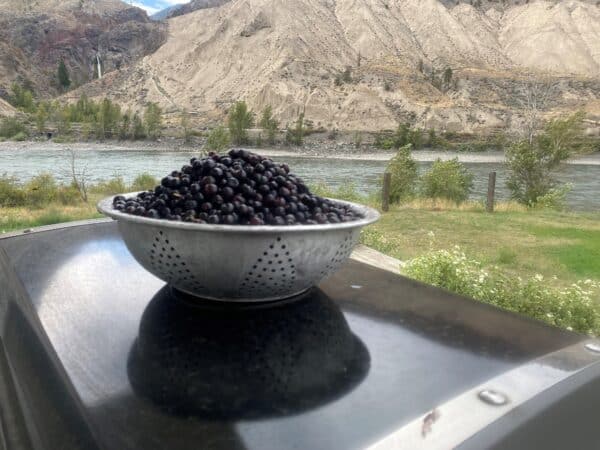By Allison McCabe | August 9, 2023
We love our trees! BC’s diverse biogeography means both deciduous and evergreen tree species that provide critical ecosystem services (providing oxygen, shading and cooling, wildlife habitat, and water interception, just to name a few!) thrive here. Trees also make up an important part of the natural resource sector. British Columbia has more than 40 native tree species and supports hundreds of non-invasive, non-native species and is North America’s largest producer of softwood forest products.
But some of our trees are under threat due to invasive pests like Spotted lanternfly (Lycorma delicatula). While this cold-tolerant insect has not yet been found in Canada, if it lands here, it could establish and quickly devastate orchards, vineyards and the wine making industry across the country. Other tree and plant pests potentially threatening BC include the Emerald ash borer (Agrilus planipennis), which has killed millions of trees in North America and was found for the first time on the west coast in Forest Grove, Oregon, in June 2022. Emerald ash borer could devastate both our native ash (Fraxinus latifolia) as well as our introduced elm trees. Elms are a very popular street tree in BC with more than 7,000 specimens in the City of Vancouver alone.
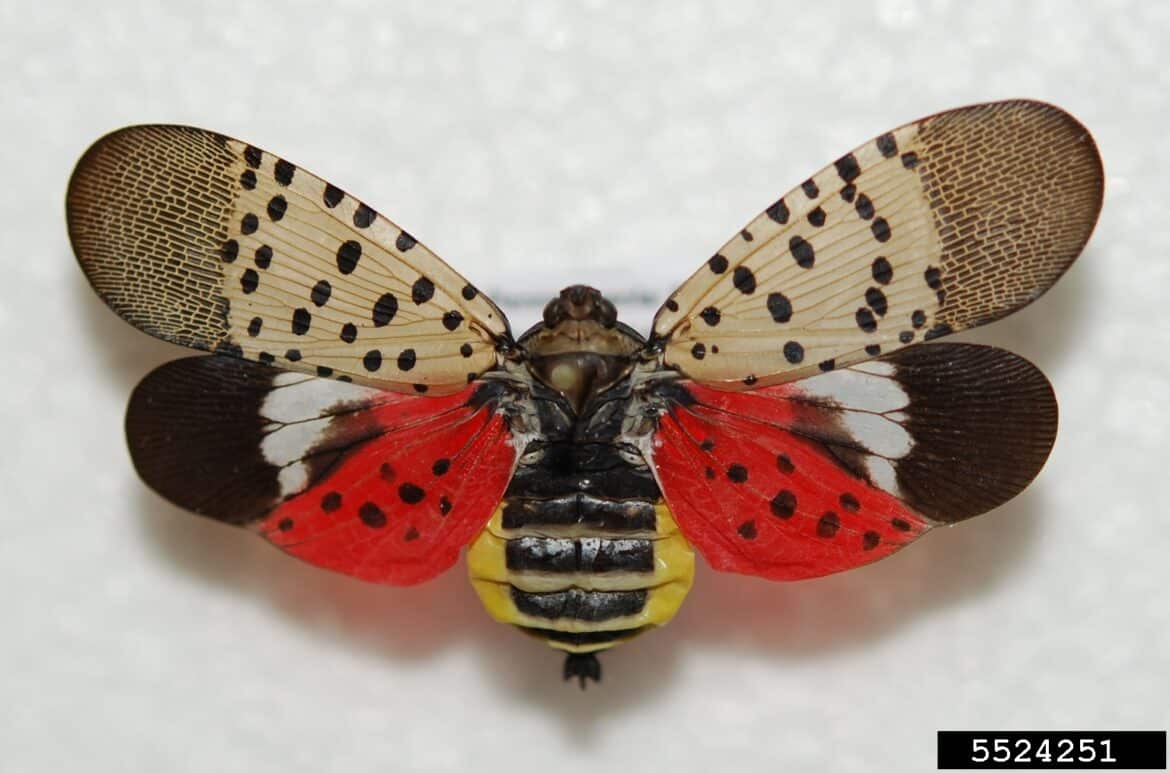
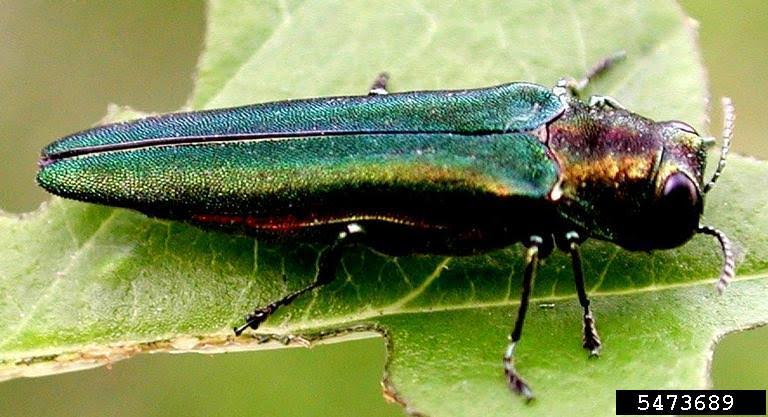
There’s also the Spongy moth (Lymantria dispar dispar), which has taken a big bite out of forests in eastern Canada and is a major threat to western Canada but has so far been kept at bay with effective monitoring and treatment. The Box tree moth (Cydalima perspectalis) is a serious pest that has been found in Ontario, and in June 2023, it was discovered outside that province for the first time, at several retail locations in Quebec, New Brunswick, Nova Scotia, PEI and Newfoundland. Trapping continues in BC to confirm its absence in hopes of supporting the removal of border restrictions on BC grown boxwoods to the US. And then there’s the Japanese beetle (Popillia japonica), a major pest in eastern Canada with eradication efforts currently underway in British Columbia. Japanese beetle (JB) larvae are the most widespread turf-grass pest in the United States, and adults attack the foliage, flowers, or fruits of more than 300 different host plants making JB potentially incredibly destructive to BC’s ecosystems and industries.
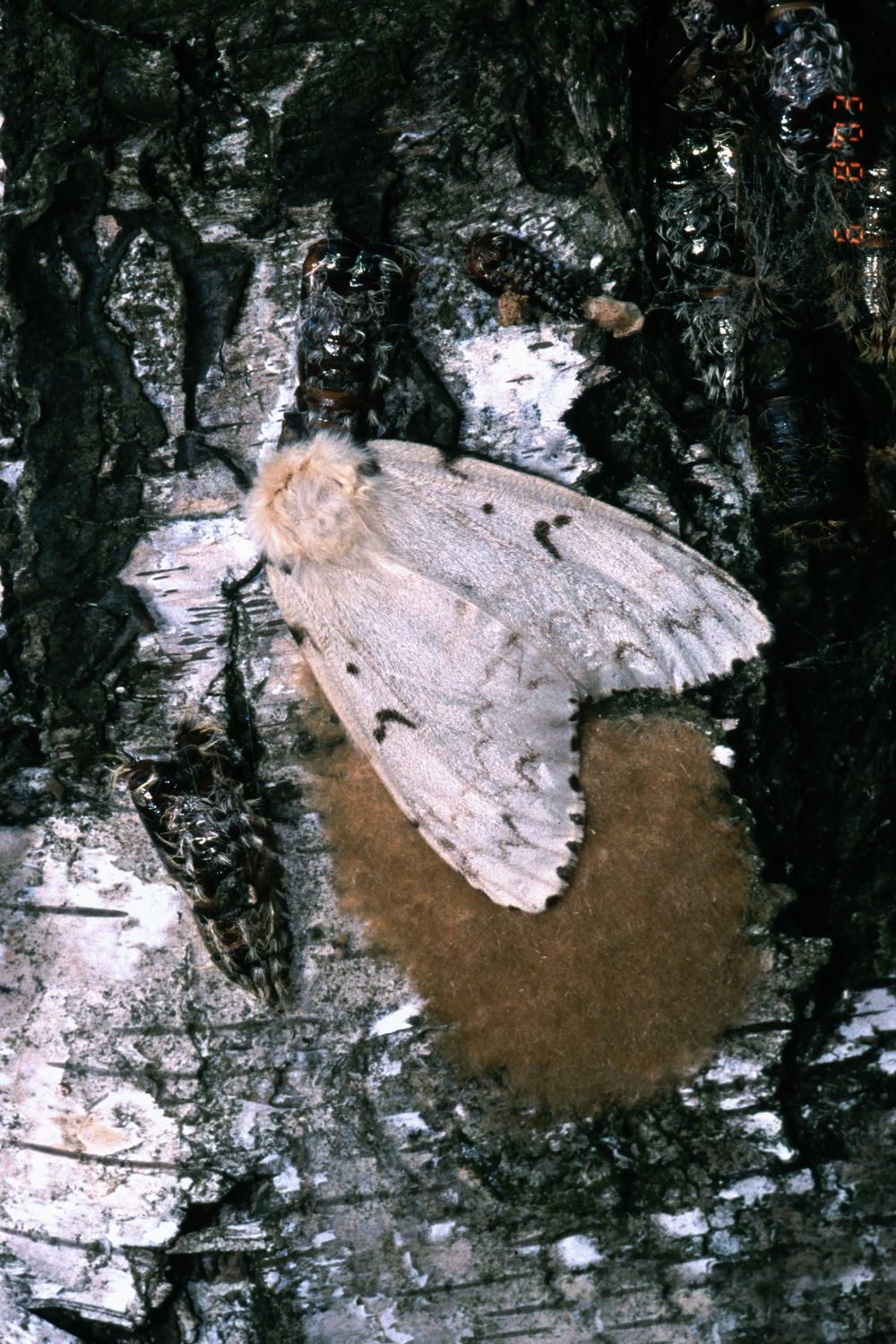


Nick Wong, Science and Research Manager at ISCBC, says: “Japanese beetle has the potential to impact so many of us, our livelihoods and the green spaces we value. We must all work together to prevent its spread by following the movement restrictions, keeping our eyes peeled for suspect beetles and their damage, and report if found! Look out for leaves with a lace-like or skeletonized appearance. Adults feed on the upper surface of foliage, removing the tissue between the leaf veins. Since this insect tends to cluster and feed most aggressively in the upper canopy before working its way down the tree, start by inspecting the sun-exposed foliage first on warm sunny days.”
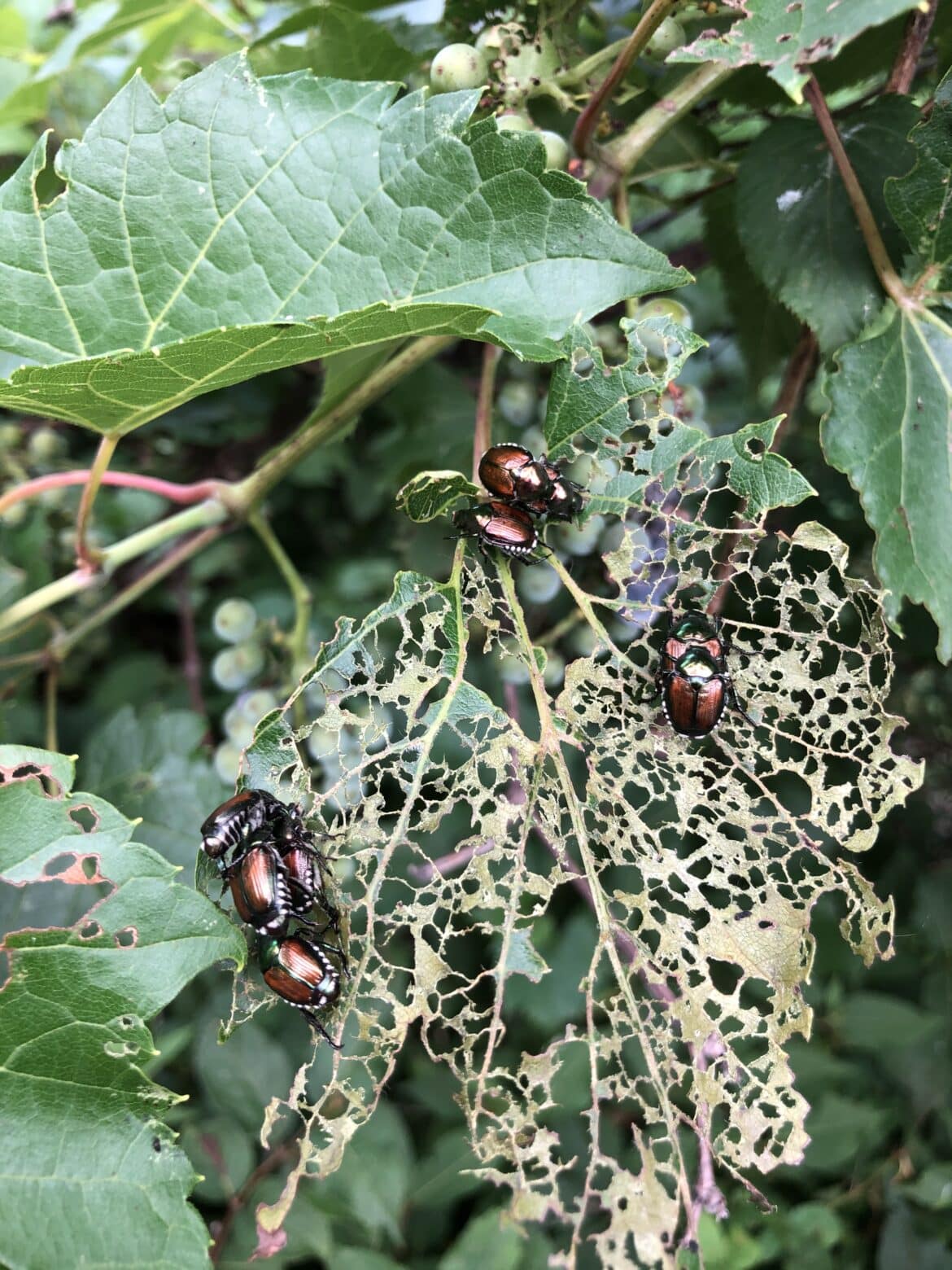
The Canadian Food Inspection Agency has declared August, ‘Tree Check Month’ in Canada, urging people across the country to give local trees a check-up for signs and symptoms of invasive species.
To give a tree a check-up for invasive species, the CFIA recommends:
- Inspecting trees in your yard and their surroundings, for unusual or sudden changes in the tree’s health, such as discoloration of leaves, skeletonization of the leaves, cracks in the bark, insect holes, tunnels beneath peeled bark, etc.
- Start your inspection at the roots, move up the trunk and along the branches, looking for noticeable insect populations and signs of feeding activity on the leaves.
- If you find any suspicious signs or symptoms, take pictures and report them to the CFIA so they can investigate. Early reporting and intervention are key to protecting our environment from invasive species outbreaks.
You can also prevent the spread of invasive species in BC by checking for egg masses hitchhiking on your vehicle, RV, trailer, boat, etc. before going on and returning from a trip. And be sure to Buy Local Burn Local – never move firewood from one place to another.
Kids can get involved too. The CFIA has published an educational plant health hero activity book for children to learn about how they can help protect our plant life from invasive species.
Allison is the Senior Lead of Outreach at ISC. A horticulturist, teacher, and amphibian lover, she is passionate about protecting BC’s biodiversity from invasive species through education and experiential learning. You can reach Allison at amccabe@bcinvasives.ca
Share


